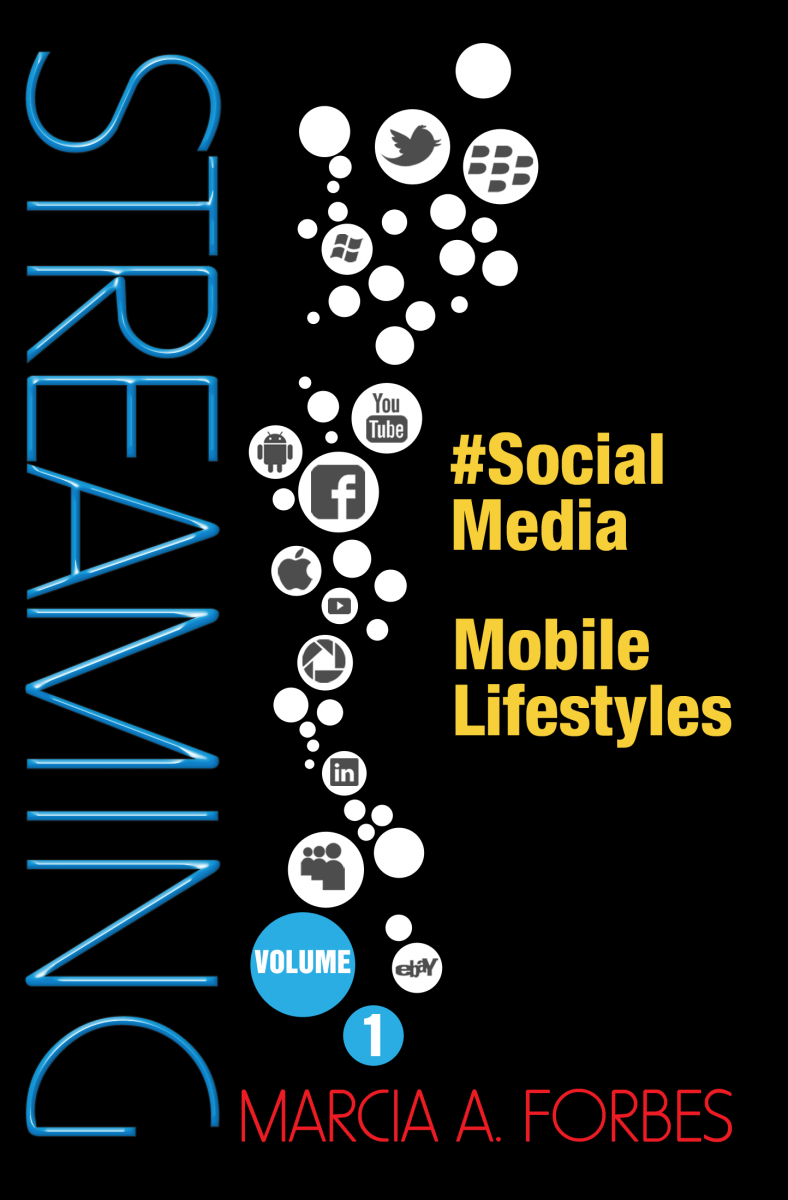In another article I spent some time discussing watching TV while studying or doing school work and the implications for retention and recall. While not having spelt this out, clearly there are consequences with respect to our children’s academic performance. Parents take note. In this article I want to spend some time examining the other activities adolescents are engaged with while watching TV. This type of information should be useful for media managers and advertisers as they compete for attention in this highly competitive and cluttered media landscape, one which promises to get even moreso.
The survey question invited respondents to state how often they were involved with a variety of activities while watching music videos. The list of activities were reading (not school work), eating/drinking, studying or doing homework, doing work in the house (e.g. ironing, sweeping), talking on the phone, listening to the radio, dancing, singing along with the video, using the computer to play games or surfing the internet but not school work related, playing games such as video/board games or cards and talking to people in the room. The frequency of their involvement ranged from never to sometimes, most times or always.

Bear in mind that the question was asked in reference to being involved with these activities while watching music videos on TV. It aims to get a sense of the amount of attention adolescents give to the TV screen while ‘watching’. It is possible that because of the repetitive rotation of music videos, adolescents may not pay as much attention to them as they would to regular TV programmes. But the converse may be true in that because they believe music videos are designed for young people and, as highlighted in a previous article, these videos serve much more than entertainment value therefore despite having seen a video before they may be inclined to pay attention nevertheless since with each viewing they pick up something new.
As one older, middle class boy in a focus group session remarked,
You learn a lot from these things [the music videos]
These things show you want is going on around you
Apart from keeping them updated, the videos keep them bonded as youths, together in solidarity against adults. This from a rural, lower income boy,
Most adults are still living back then
While his Kingston middle class counterpart felt,
I think they [ adults] show resentment toward these videos because
I guess it’s the era in which they grew up…so they not used to it.
Comments such as these along with several others make me realize that music videos hold a special place for adolescents and may be watched differently from the usual TV show.
I will focus mainly on the ‘most times’ and ‘always’ categories of responses to the 11 listed activities since these levels of involvement may be indicative of the extent to which the activity is competing with TV for the viewers’ attention. The percentages quoted represent a sum of the responses to these two categories. Almost 60% of adolescents indicated that they sang along while watching. But rather than competing with the TV, this activity is likely to enhance the viewing experience as young people watch and listen keenly to see and hear what’s being said so that they can learn the lyrics. In an earlier article I highlighted that learning the lyrics was a key reason for watching music videos, with over 80% of adolescents in the sample agreeing with this.
For those who want young people to catch on to their messages, skillfully using the music video format can aid the learning process. The Ministry of Health should pay even greater attention to this medium as they try to target their HIV/AIDS, drug abuse and other messages to adolescents. I have no doubt that the politicians already recognize the value of creative and skillful use of the music videos format and expect to see a few
‘political music videos’ during the perhaps soon to come ‘ silly season’.
More than half (54.6%) of the respondents said they ate and drank while watching music videos and another 38.5% indicated that they did so ‘sometimes’. Therefore almost all adolescents (93.1%) indicated that eating and or drinking were a part of the music video watching experience. This is where advertisers can capitalize. Easy to eat foods and spill proof drinks and it doesn’t have to be junk, can be promoted during music video segments. Equally, pro-social messages (please, please not preachy) about the importance of a balanced diet could be run in these segments.
Dancing placed 3rd on the list of things they engaged in ‘most times’ or ‘always’ (almost 40%) while watching videos followed by just over one third (36.7%) doing housework or talking to people in the room (34.8%). Singing along, eating, dancing and even certain types of housework are less than cerebral activities and are not likely to offer too much competition to TV for attention. In fact as mentioned earlier, singing along with the videos may even work to pull attention to the TV; Doing homework or studying while watching is, however, another matter. With one third (33.3%) of the adolescents indicating that they did this, there is cause for concern.
Last week I laboured the point about watching TV while doing homework and encouraged parents to set guidelines for both activities. This week my mission is somewhat different, it is to highlight the extent to which other activities compete with TV for the adolescent’s attention but also to identify some of the ways in which research data can help both advertisers and media managers make more meaningful decisions. At the recent Caribbean Media Conference a great deal of time was spent examining the new media landscape. Even as we did this, I was not convinced that key players in the media industry recognized and accepted the critical role of research in helping us to understand the changes and providing data which can help us to strategize effectively. As my husband, a very down-to-earth man, loves to say, “Who will bell the cat?” His way of asking, ‘Who will pay the bill?’. So at the conference, it was the usual tussle of who is to pay for research—Advertisers or Media Houses? Does it have to be ‘either or’? Can’t it be both?
As technologies coupled with Government policies expand the media landscape and the number of players, every communication channel and each advertiser will need to examine its relationship with its audience/consumers. Who is watching TV? For what purpose? What else are they doing while watching and in what ways can this affect how they interpret what they see? I found it surprising that so few adolescents (24.4%) reported being on the phone ‘most times’ or ‘always’ while watching music videos; This despite high cell phone penetration rates and with them admitting that videos provided ‘something to talk about’. I thought they would be chatting up a storm with their friends while watching. Yet only about a quarter of them

admitted to doing this either ‘most times’ or ‘always’. Interestingly though, almost 47% of them said they talked on the phone ‘sometimes’. When all the responses are factored in the mix, it becomes obvious that they
are chatting while watching, albeit not to the extent I envisaged.
Another activity where there was low response was listening to the radio while watching videos. Knowing the rate at which listeners have tuned out from radio, I was not surprised by this. What did surprise me what that reading (not school work) while watching (21.0%) scored virtually the same as radio (20.3%) and even topping it a bit. I was even more surprised when I examined those who ‘sometimes’ watched while listening to the radio or reading. Compared to 40.8% who said they sometimes read while watching, only 28.4% said they sometimes listened to the radio while watching. Going by these results radio appears to be getting a real blow in the multi-tasking world. Almost half (47.8%) of the respondents said they never listened to the radio while watching videos. But before the radio stations start screaming ‘rubbish’, let me hasten to add that the cognitive skills required tolisten to the radio while also watching music videos may be too much for our young people.
Clearly though, watching TV nowadays is just not what it used to be. It is no longer sitting around the box with the entire family and giving your undivided attention the way I remember it as a girl. We’ve come a long way since those early days of television in Jamaica when JBC was the only game in town. Today when we say we’re watching TV, it may just be that we are in the presence of a TV set or even a computer or cell phone screen which is turned on. How much of it we actually ‘watch’ can be difficult to determine. But in this nanno second world how much do adolescents really need to see to be able to remember and recall? Watching TV, what really are we talking about anyway?

 admitted to doing this either ‘most times’ or ‘always’. Interestingly though, almost 47% of them said they talked on the phone ‘sometimes’. When all the responses are factored in the mix, it becomes obvious that they are chatting while watching, albeit not to the extent I envisaged.
admitted to doing this either ‘most times’ or ‘always’. Interestingly though, almost 47% of them said they talked on the phone ‘sometimes’. When all the responses are factored in the mix, it becomes obvious that they are chatting while watching, albeit not to the extent I envisaged.

